Editorial Comment
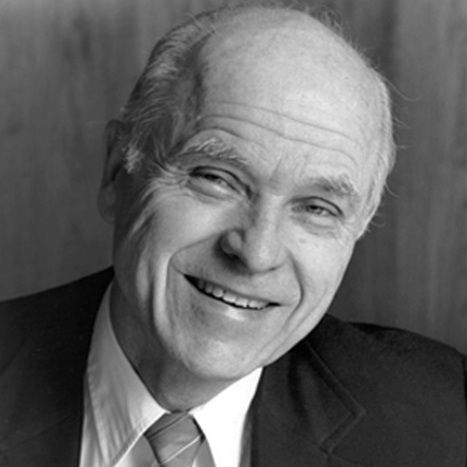
Dear Reader,
Undoubtedly, no movie portraying a Protestant mission effort has been as costly or as professionally done as Steve Saint’s End of the Spear, released to theaters in late January. And I can’t think of a more compelling book than his book of the same title.
Both highlight the amazing, virtually miraculous impact of mission efforts. It is impossible to imagine a more violent human society before the missionaries got there, or as amazing a transformation as a result of mission effort.
At the same time, the story of the Waodani (improperly called “Auca”) is not over. That is my special interest. What is their future?
This story began when five missionaries (one of them Steve Saint’s father) were speared by the Waodani on a lonely river sandbar in the Ecuadorian jungles. After living in the tribe as a boy, becoming part of the tribe, and gaining a true insider’s understanding of these precious people, Steve was persuaded to take his wife and family back 39 years later to see how he could be of help in their complex interaction with various (friendly and unfriendly) outside forces.
Even if you were not interested in the theological implications of this story, or even the mission insights, the book is a true page-turner.
With incredible insight and equally phenomenal skill in writing, Steve amassed 600 pages of notes over many months in tropical rainforest conditions, generating a book full of carefully reconstructed conversations and events incorporating stupefyingly unexpected things on every page. No fiction could be as surprising.
What is the story? These muscular warriors – for whom killing other people (or being killed) was a way of life, equally threatened by invading commercial interests – have been transformed into intelligent, aggressive, still fiercely independent but totally friendly people who have readily learned everything from complex medical procedures to flying light planes.
What more could you ask for! Certainly no mission effort in modern times has become as widely known. The rest of the story, even into the distant future, will be watched by the entire world. A Billy Graham-sponsored conference in Amsterdam highlighted the testimony of the very Waodani warrior who speared Steve Saint’s father. The 10,000 pastors and evangelists present at that conference were asked: “How many of you were in some way influenced into Christian leadership by the events of the five martyred missionaries in Ecuador?” Practically half of those present stood to their feet!
Thus it is not possible for the future of the Waodani believers not to be noticed by the whole world. But whether or not that were true, the future of these people is definitely clouded. The “impenetrable forest” in which they live is thousands of square miles of hundred-foot tall trees and potential oil fields. Both are of great interest to outsiders who care nothing for wild people who have only caused them trouble.
Deliberations with the Ecuadorian government have given the Waodani title to a vast section of that forest. But just as happened in the United States with our native Americans, those arrangements, under pressures easily predictable, can be changed. This rainforest cloaks sharp ridges that make the land uninhabitable except by the kind of small, tribal groups which have somehow adapted themselves to it.
Question: Is this the place for humans to be? Right now they have discovered the benefits of “boots, aluminum pots, machetes and axes, blankets, clothes, soap, and salt” (page 127 of the book). Now that, free from fear of deadly reprisal, they don’t need to keep moving the sites of their villages, other things now appear useful: “chain saws to cut boards for permanent houses, outboard motors for the back of dugout canoes, and tin sheeting for roofs.”
All of these things must come from the outside. All of these things require money or some other exchange. How can the Waodani generate what is needed for exchange?
If they lived in Guatemala they could smuggle themselves into the USA and get the kind of work to which illegals are confined. Even that is not a good solution. (See pages 10-13 of this issue.) They could make themselves into a tourist attraction (and are already tending in that direction). They could perhaps become outsourced talent as in India, but that would require a huge amount of linguistic and other education. (Furthermore, if that kind of “distance” work were simple, Alturas, California, with its lowest-priced houses in the state, would not be so very sparsely settled.)
In any case, if by extraordinary creativity, grit and determination the Waodani were able to generate what it takes to buy the essentials mentioned above, flying everything out and in, is their way of life desirable to them and to their younger generation?
In other words, to what extent is their future “uncertain”? To what extent can mission agencies be of help at this stage? To what extent is mission strategy supposed to deal with questions like this?
Throughout history missions have grappled with every human problem they encountered: universities in every province of China, public health efforts, nationwide educational reform, agricultural research centers, etc. – you name it. But since the Second World War, Evangelical missions have re-emphasized the all-important eternal dimensions and in some cases have tended to ignore “social” problems, or, for example, the problems of disease origins.
Steve Saint’s book is brimming with missiological insights, the kind that only a bicultural could conceive. He himself represents a rare “super-missionary” breed where someone growing up on the mission field is not so shielded from the culture or dissuaded by other factors that he or she cannot go back to assist the work further, but instead applies the insights that only that background can provide. Hooray for Steve and all MKs who are now back on the field!
Now I need to acknowledge the flood of letters which we have received since our November-December 2005 issue highlighted the possibility of some missions “misleading” donors.
First, we have received a lot of letters giving us examples of “direct giving” going wrong.
Second, we have received lots of letters from mission executives commending us for what we did.
Thirdly, we have maybe half a dozen letters from agencies which, like Christian Aid, specialize on sending funds rather than missionaries. I must apologize to this last group. We did not intend to say that sending funds to indigenous entities was a bad thing, only that it can easily go wrong (as with standard missions). What we must have failed to make clear was that we were not mainly cautioning the practice of just sending funds. Our specific purpose was to stoutly oppose one mission’s incessant criticism of all standard missions.
We have little basis for evaluating the work Christian Aid does. But we can easily see the unfairness of years of preaching that “generally, with a few notable exceptions those who go from one country to another as missionaries end up hindering rather than helping the cause of Christ”(an exact quote).



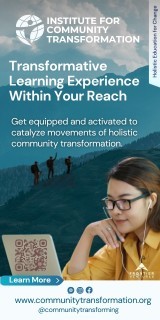

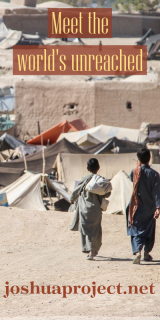
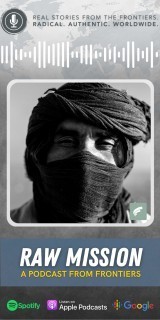
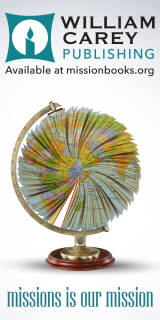
comments